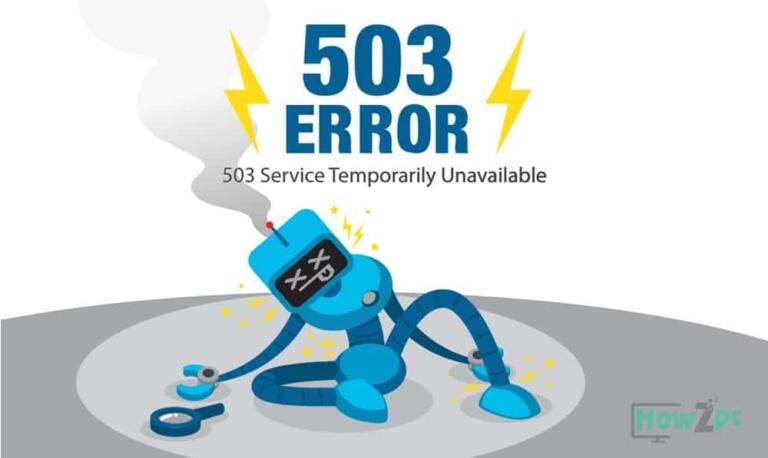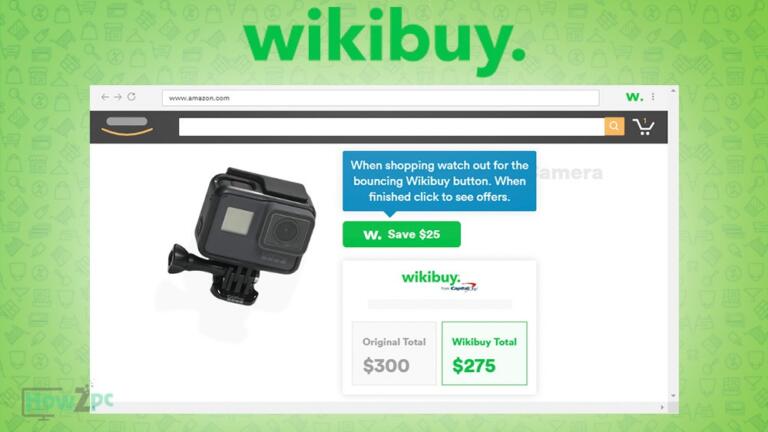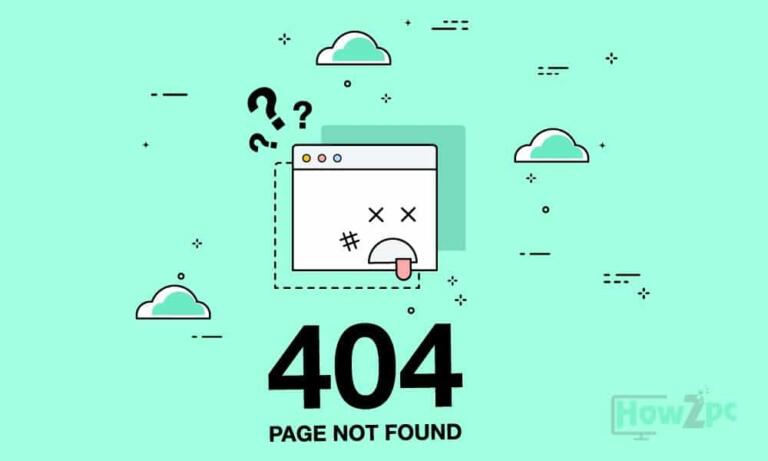Is your landing page not performing as expected?
There are many things you may be doing wrong that are affecting the performance of your page.
In this post, you’ll find 6 landing page mistakes that business owners and web designers make during the design process. Plus, you’ll find recommendations on what to do to fix these problems right away.
For example, you will learn about page speed, CTA design, copywriting, and web security best practices.
Let’s get started.
1. Ignoring Page Speed
Faster websites and pages lead to lower bounce rates and higher conversion rates, which means that it is more likely for customers to make a purchase.
In fact, according to Google, a one-second improvement in website speed can increase conversions for mobile users by up to 20%.
Site speed is also a ranking factor for search engines like Google, so fast pages have an advantage over slow-loading pages in terms of SEO.
Here are some tips to increase your landing page load time:
- Compress images
- Minimize unused JS and CSS
- Remove unnecessary plugins
- Implement lazy loading for your images
- Use a lightweight theme
- Use a Content Delivery Network (CDN)
- Use website caching
- Reduce 301 redirects
2. Neglecting Mobile Optimization
Having a landing page that is optimized for mobile devices is crucial for several reasons.
First, mobile optimization can have a significant impact on organic rankings. Google now considers mobile-friendliness as a ranking factor and prioritizes pages that are optimized for mobile devices.
This means that having a mobile-optimized landing page can improve its search engine visibility, resulting in more traffic and potential customers.
Additionally, mobile optimization is essential for ensuring customer satisfaction. Users expect a seamless and user-friendly experience when accessing a website on their mobile devices.
So, if your visitors are happy with your landing page design for mobile, it is more likely that they will turn into customers.
You can optimize your landing page for mobile by following these tips:
- Test and fix issues using Google’s mobile-friendly test tool
- If you are using WordPress, make sure to choose mobile-friendly themes
- Redesign your pop-ups for mobile.
- Use custom CSS to adapt non-responsive sections to mobile
You can also hire a web design company to help you redesign your website for mobile devices.
3. Not Incorporating Visual Elements
Visuals are useful for a few things, such as creating emotional connections and establishing trust and credibility with the audience.
Investing in high-quality product images can help you showcase the features and benefits of your products, making them more attractive to potential customers.
Adding photos of your team and satisfied customers is helpful to show that there are real people behind the company, which is great for building trust. Remember that users don’t buy from companies they don’t trust.
Another option to boost engagement is using video since they are better for retaining customer attention.
An in-depth video can help your visitors clarify their doubts and understand your products and services even better than using images.
4. Not Using Effective CTA Design
Calls to Actions (CTAs) are essential to guide users to perform a specific action, but there are common mistakes that can affect their effectiveness.
- CTAs are not evident: If CTAs are not easily visible or are lost among the noise of graphics and text, users may not click on them. It is important to place CTAs in strategic locations, depending on users’ reading patterns, and make sure they are distinguishable.
- Vague button text or no text at all: The CTA button text should be self-explanatory and clearly state the purpose or result of clicking it.
- Too many Call to Actions: Cluttering one landing page with too many CTAs can lead to confusion and spoil the design of your page. Make sure to add a CTA after each key section of your page.
- Bad copywriting: The content surrounding the CTA should be compelling and relevant, appealing to the user’s emotions and rational needs.
- Lack of urgency: Urgency can drive users to take action immediately. It is important to create a sense of urgency through language and design, highlighting limited-time offers or limited availability.
5. Not Applying Copywriting Techniques
Copywriting techniques are essential for landing pages as they can help bridge the gap between prospects and customers.
Effective copywriting involves understanding your audience and creating a clear message that addresses their needs and stirs their emotions.
The first step is to research and familiarize yourself with your target market, their needs, desires, and pain points.
Make sure to craft your copy to provide a clear value proposition, highlight the benefits of your product or service, and address your audience’s pain points.
Persuasive language and storytelling can help you to connect with your audience and inspire them to take action.
Also, use a clear and concise headline, subheadings, and bullet points to make your copy scannable and easy to read.
Social proof is also a great way to increase credibility. Incorporate customer reviews, ratings, testimonials, and trust badges.
Remember, effective copywriting takes time and effort, but it’s essential to create a high-converting landing page that drives business success.
6. Not Using Security Measures
Web security is crucial for landing pages because they often handle sensitive information, such as customer data, credit card information, and other confidential data.
A landing page that is not secure can expose this data to hackers and cybercriminals, resulting in financial losses, legal liabilities, and damage to the reputation of the business.
By implementing web security measures, businesses can safeguard their client’s personal and financial data.
These are some ways to improve your website’s security:
- Update your plugins and software frequently.
- Implement SSL on your website.
- Use a secure web host.
- Do not upload files from unverified sources to your website.
- Scan your site for vulnerabilities.
Final Words
By implementing these tips, you can improve the design, copy, load speed, and structure of your landing page to get the most out of your efforts.
Remember that these are just a few mistakes, and it is important that you continue to educate yourself with the latest marketing and web design techniques so that you don’t waste time and money in the process of growing your business.








